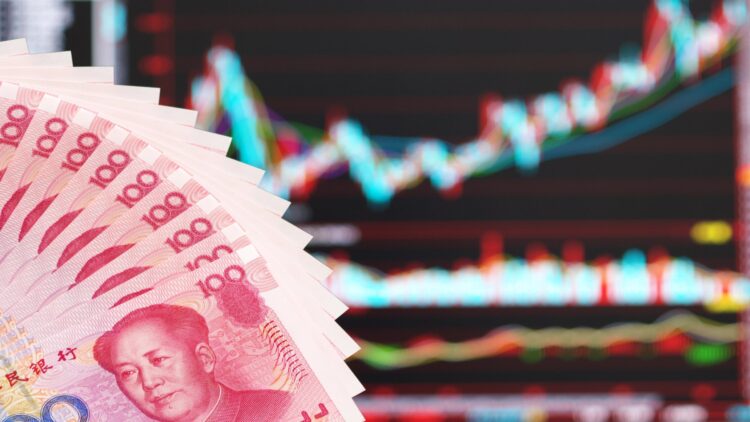China’s stock market surge to decade-high levels represents a dramatic reversal of fortune for investors who endured years of underperformance and regulatory uncertainty. The Shanghai Composite Index’s climb to its highest point since 2015 signals renewed confidence in Chinese equities as trade tensions with the United States ease and domestic liquidity flows into the market. This remarkable rally has been fueled by a perfect storm of factors, including improved geopolitical sentiment, massive fund rotations from bonds to equities, and Beijing’s strategic policy interventions to support market stability. The breakthrough above psychological resistance levels has attracted both domestic retail investors and international institutional funds, creating a self-reinforcing cycle of optimism that could reshape China’s capital markets landscape.
How are trade tensions easing with America, fueled China’s stock market revival
China stocks jumped to their highest level since 2015 on Monday, extending a months-long rally fuelled in part by receding trade tensions with the U.S. and lifting market capitalization to an all-time peak.
A trade truce between China and the U.S., which was extended by 90 days last week, has helped to underpin sentiment, while brokers also cite a liquidity-driven uptick in stock prices due to a rotation of funds into equities from bonds.
The Shanghai Composite Index climbed 1.2% to 3,740.50 by the midday trading break, marking the highest intraday level since August 18, 2015. The CSI 300 Index climbed 1.5%, heading towards the biggest gain in over four months, and earlier hit the highest level since October 2024.
The Shanghai benchmark has now risen nearly 23% since its early April low, also buoyed by enthusiasm for tech stocks and the global euphoria over advances made in artificial intelligence.
Why massive fund rotation from bonds created an unprecedented market liquidity surge
The total market capitalization of over 5,400 China-listed companies has risen above 100 trillion yuan for the first time, reflecting both price appreciation and a surge in listings.
Winnie Wu, Bank of America’s chief China equity analyst, said optimism over geopolitics and Beijing’s policy directions helped drive down the equity risk premium and sustain risk-on sentiment despite the still-weak fundamentals.
“There are renewed hopes on domestic retail flows,” she wrote in a note to clients.
Analysts at UBS expect the liquidity-driven bull market rally to continue at least until September, saying: “Most investors see limited downside risk in the stock market for now.”
What artificial intelligence and technology sectors reveal about China’s economic transformation
Leading the rally on Monday, the rare earth sector surged 5.3% to a fresh high since December 2021. The AI sector jumped 4.8% and the information technology sector rose 2.9%.
In Hong Kong, the benchmark Hang Seng Index advanced 0.6% to 25,426.53, the highest since October 2021.
The Tech Index rallied 2%, while the EV sector soared 3.2%, with heavyweights BYD, NIO, and Xpeng rising 3.2% to 8%.
Long-only funds showed renewed interest in Hong Kong and China stocks, while hedge funds also bought Chinese equities on a net basis at the fastest pace in seven weeks, Goldman Sachs said in a note.
Institutional investors are driving unprecedented capital flows into Chinese markets
The convergence of domestic retail enthusiasm and international institutional interest has created a powerful momentum that could sustain China’s stock market rally well beyond traditional cyclical patterns, particularly as the country’s economic fundamentals show signs of stabilization. Goldman Sachs’ observation about hedge funds buying Chinese equities at the fastest pace in seven weeks indicates that sophisticated investors are positioning for continued outperformance despite lingering concerns about economic growth and property sector challenges. This institutional validation provides crucial credibility to the rally and suggests that the current market dynamics represent more than just speculative fervor, potentially marking the beginning of a sustained re-rating of Chinese assets in global portfolios.
GCN.com/Reuters.


